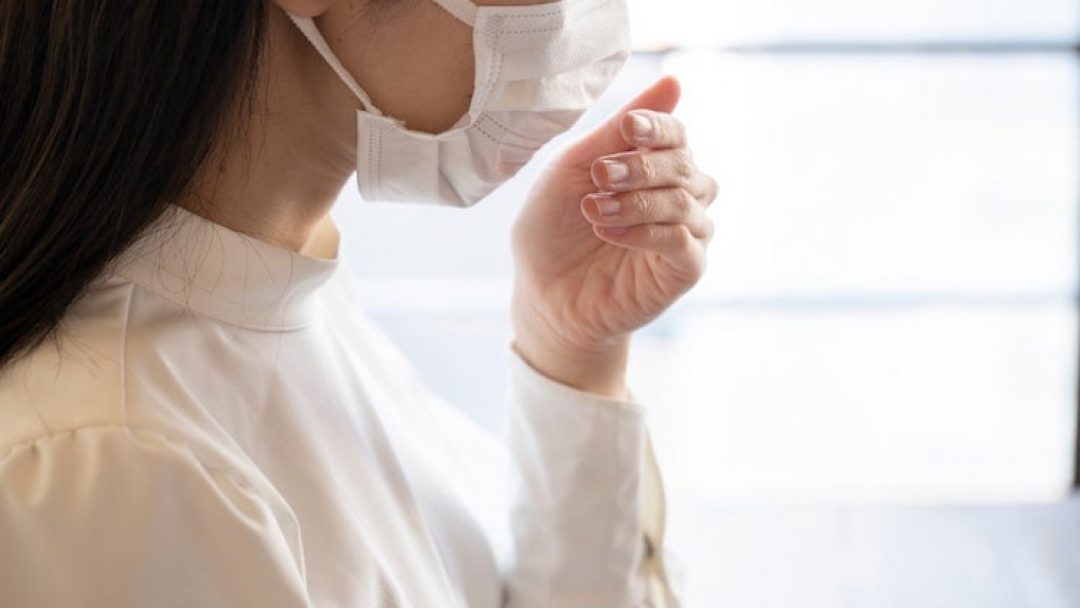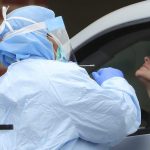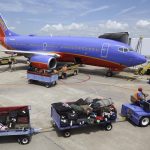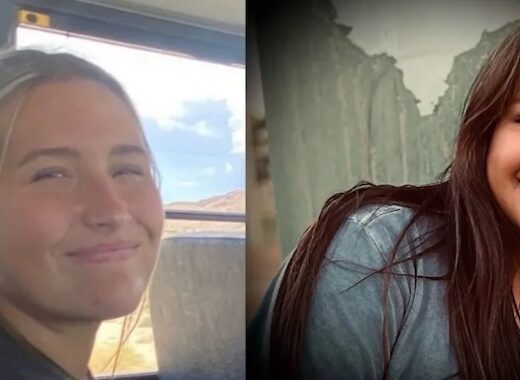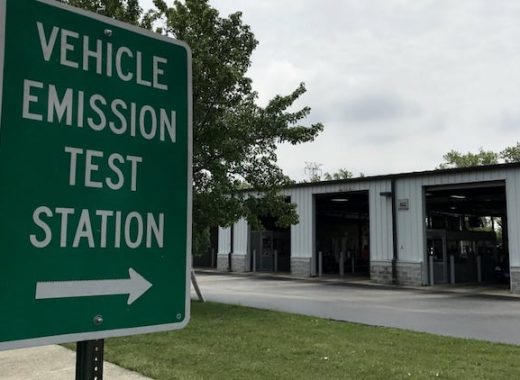From the start of the coronavirus outbreak, experts warned the illness was spread when an infected person expelled respiratory droplets while coughing or sneezing.
But new research provided to the White House this week in a letter suggests it’s possible the pathogen could also be transmitted when someone who has COVID-19 simply breathes or talks.
“You may generate droplets that are invisible — they’re so tiny that you can’t see them, but they’re certainly big enough to carry a virus, if you happen to have it in you, when you’re talking,” said Dr. Harvey Fineberg, president of the Gordon and Betty Moore Foundation in Palo Alto, California.
Joseph Fair, a virologist said the research was based on the most critically ill COVID-19 patients in hospitals who had labored breathing. Researchers detected evidence of virus, but that doesn’t mean they found infectious virus, he added.
The White House declined to comment on the letter, but a senior administration official noted Dr. Anthony Fauci has made similar comments in the past.
“There is some degree of asymptotic transmissibility. It’s still not quite clear exactly what that is,” Fauci said during a coronavirus task force briefing on March 20.
On Thursday, the Centers for Disease Control and Prevention — which emphasizes it’s still learning about how COVID-19 is spread — changed the previous guidance. It has now added talking to coughing and sneezing as ways an infected person can transmit the disease.
The new development is adding fuel to the debate over whether people should wear masks or other face coverings in public. The mayors of Los Angeles and New York are already recommending that precaution.
The current guidance from the CDC suggests that all people who must go out in public for essentials should wear a mask. They recently began urging Americans who live in areas of high community transmission to wear cloth face coverings to prevent the spread from infected people who show no symptoms.
Fair believes there should be a mandatory, nationwide order for people to wear masks in public. The step helps prevent asymptomatic carriers of coronavirus from transmitting it to others, based on data from studies in China, Iceland and the U.S.
Handkerchiefs or “anything you can tie around your face” can serve as a sufficient mask, he added. They should particularly be worn in places like grocery stores and pharmacies where people need to go and will be around others, Fair said.
Meanwhile, doctors and nurses across the country are working tirelessly to treat patients and figure out the disease.
“I realize this is a crisis and an illness that I have never seen before in my practice of medicine,” said Dr. Khalilah Latrece Gates, a pulmonary critical care specialist at Northwestern Methodist Hospital in Chicago.
More young adults between the ages of 20 and 54 need hospitalization in the U.S. even though it appeared the virus mostly impacted older people when it first emerged in China.
Unusual symptoms — like the loss of taste or smell, pink eye and digestive issues — are also emerging.
Fauci says even he has been confused by this.
“It is very strange how one individual can get infected and have either mild or no symptoms, and another individual could rapidly deteriorate with viral pneumonia and respiratory failure,” he said on Thursday.
“I’ve been doing infectious diseases now for almost 50 years, and I can tell you, I don’t fully understand exactly what the mechanism that is, and we really need to figure it out.”
Click here to read the new recommendation to wear face coverings from the CDC.


